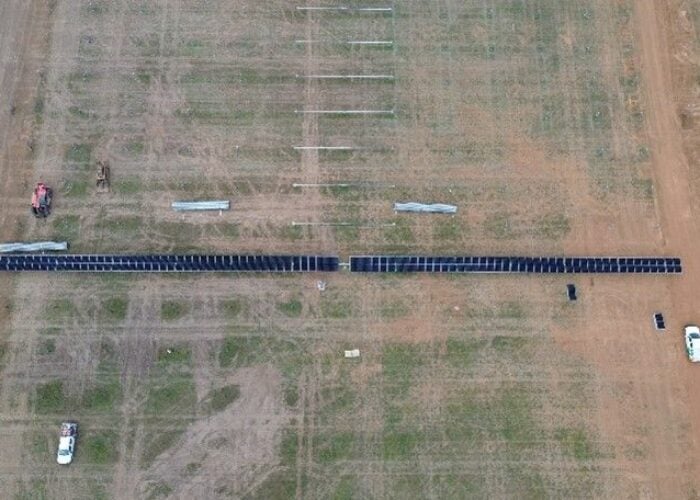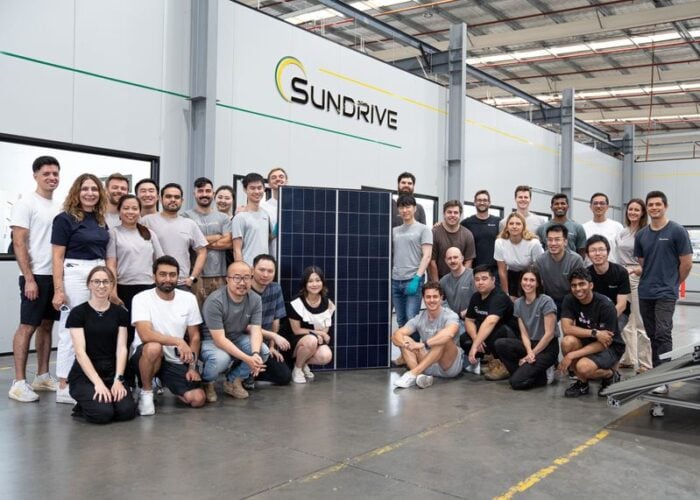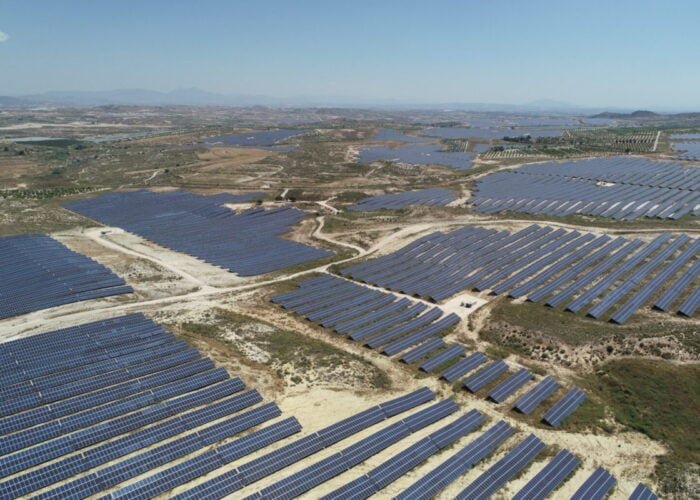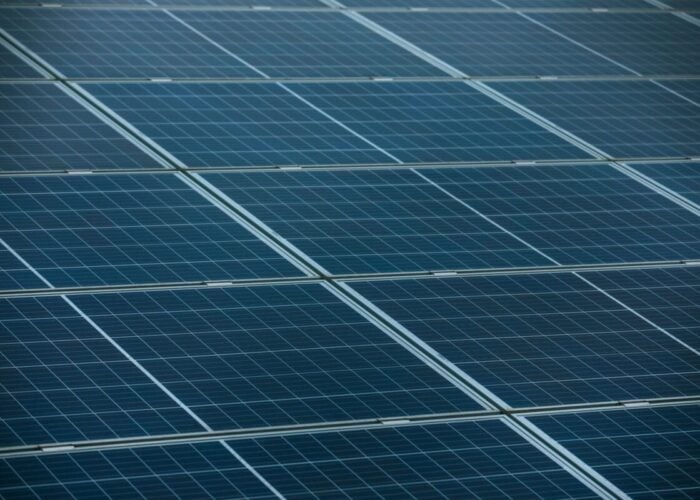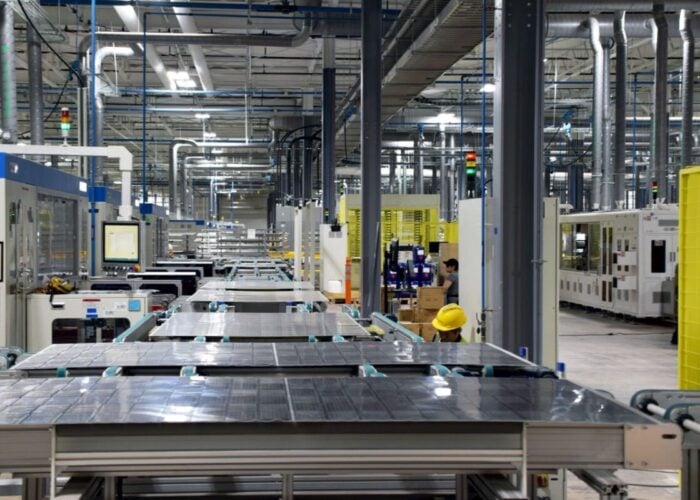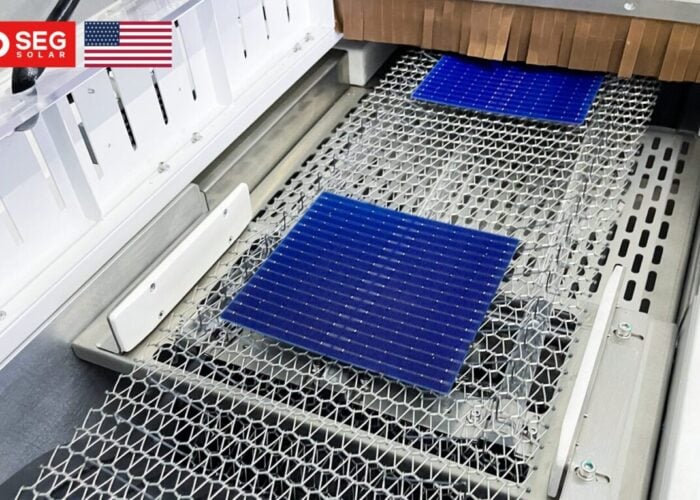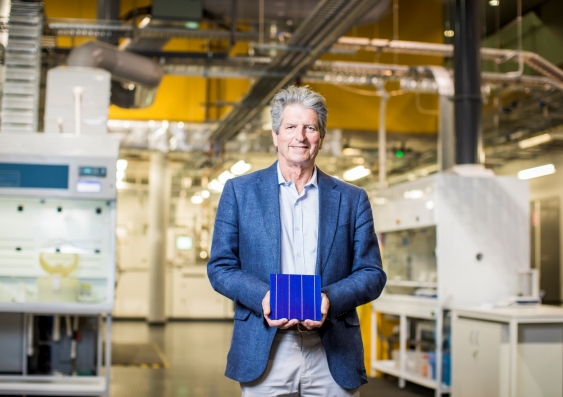
The inventors of PERC (passivated emitter and rear cell) solar PV technology were awarded the 2023 Queen Elizabeth Prize for Engineering this week, in recognition of the transformative role that the technology has played in raising the efficiency and lowering the cost of solar PV and making it a cornerstone of the renewable energy transition across the globe.
Professor Martin Green, Professor Andrew Blakers, Dr Aihua Wang and Dr Jianhua Zhao researched and developed passivated emitter and rear cell technology, which improved the quality of both the top and rear surfaces of silicon solar cells and introduced a back layer behind the cell which reflects photons back into the silicon to produce more electrons.
Unlock unlimited access for 12 whole months of distinctive global analysis
Photovoltaics International is now included.
- Regular insight and analysis of the industry’s biggest developments
- In-depth interviews with the industry’s leading figures
- Unlimited digital access to the PV Tech Power journal catalogue
- Unlimited digital access to the Photovoltaics International journal catalogue
- Access to more than 1,000 technical papers
- Discounts on Solar Media’s portfolio of events, in-person and virtual
Or continue reading this article for free
Green and Blakers first developed PERC technology at the University of New South Wales in 1983, producing cells with 18% efficiency, eventually increasing to 19% and 20% over the following years. Zhao and Wang headed up the work that increased efficiency over the years at the lab, which eventually reached Green’s initial target of 25% in 1999.
Crucially, the researchers chose not to patent their discovery as they saw the potential benefits it held for the development of solar PV. This led to further developments across the industry until PERC became the most cost-effective, commercially viable and consistent solar technology in the world. Still, Professor Green’s laboratory has held the global PERC efficiency record for 30 out of the last 40 years since its initial development.
Since then, subsequent innovations in PV technology, like TOPCon (tunnel oxide passivated contact), have built on the foundation laid by PERC.
The Queen Elizabeth Award is given every year to engineers responsible for developments that have been “of global benefit to humanity”.
Professor Green said: “I am honoured to share this esteemed award with Andrew Blakers, Aihua Wang and Jianhua Zhao. As engineers, we are constantly striving to improve the world we live in. As the world feels the devastating impacts of our changing environment and collapsing ecosystems, I feel passionately that more must be done to reduce our reliance on fossil fuels and keep up with the trajectory of human civilization.
“I hope that PERC technology winning the QEPrize will open many people’s eyes to the possibilities of renewable energy.”

